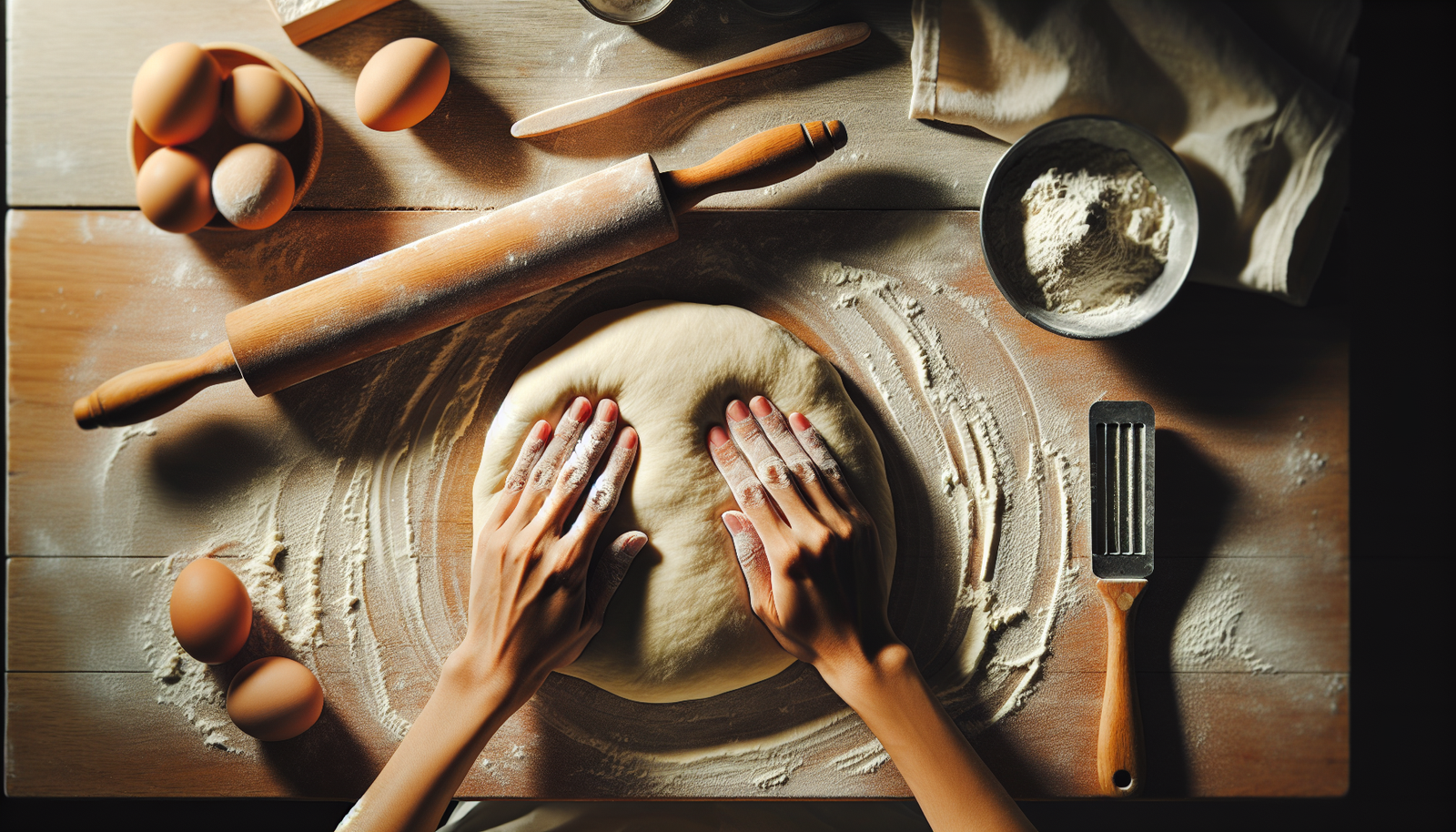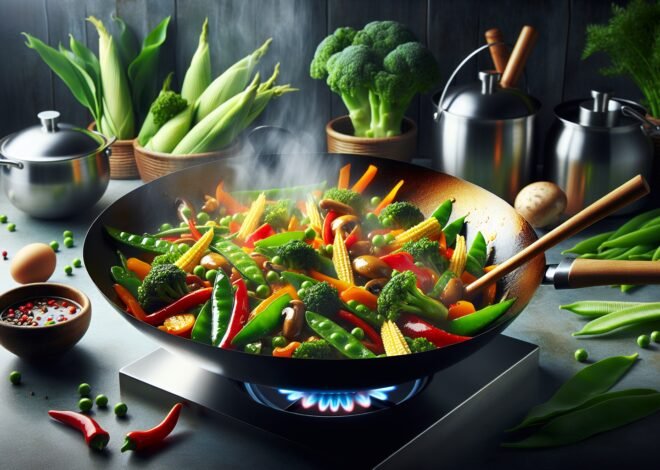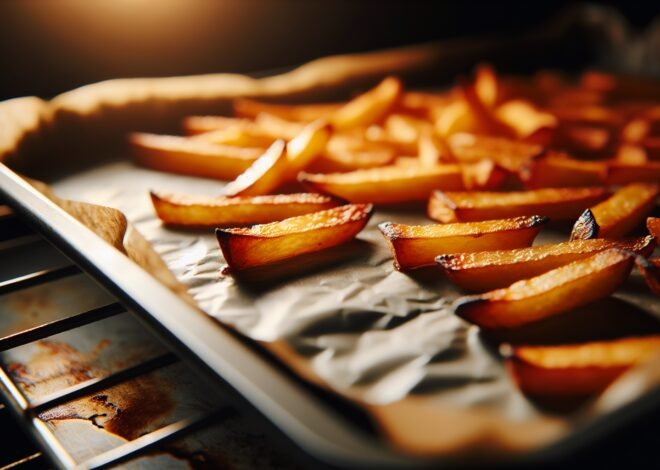
Best Techniques for Rolling and Shaping Dough
Rolling and shaping dough is a fundamental skill that can transform your baking experience. With the right techniques, you can achieve perfect textures and shapes, making your baked goods come to life. This post will guide you through essential methods to master the art of handling dough. From selecting the right tools to understanding the science behind it, we’ll help you create the perfect base for pies, pastries, or breads. Ready to elevate your baking game? Dive in to discover tips and tricks that will ensure consistent and delicious results every time. Whether you’re a beginner or seasoned baker, unlocking these techniques is key to culinary success.
Essential Tools for Rolling and Shaping Dough
Embarking on the journey of baking requires the right tools to ensure your dough is perfectly rolled and shaped. Whether you’re crafting a flaky pie crust or shaping a rustic loaf, the right equipment transforms your baking experience. This section highlights essential tools that elevate your dough-handling skills, making the process smooth and satisfying.
Choosing the Right Rolling Pin for Different Dough Types
Selecting the appropriate rolling pin is crucial for achieving the best results. Rolling pins come in various styles, each suited to specific types of dough. Classic wooden pins offer versatility and are ideal for most doughs. Their weight allows for even pressure distribution, essential for pie crusts and cookies.
For sticky doughs, a non-stick silicone rolling pin is a game-changer. It prevents dough from clinging and tearing, ensuring a smooth rollout. Tapered French rolling pins provide more control, perfect for delicate pastry dough that requires a gentle touch. They allow bakers to feel the dough, making adjustments on the fly.
Marble rolling pins, on the other hand, are perfect for buttery doughs that need to stay cool. Their weight and cool surface help maintain dough temperature, preventing it from becoming too soft. Choosing a rolling pin depends on the type of dough and the desired outcome.
Benefits of Using a Pastry Mat for Consistent Results
A pastry mat is a baker’s best friend for ensuring consistency and precision. These mats, often made of silicone, provide a non-stick surface that makes rolling out dough easier and cleaner. The marked measurements on many mats help in rolling dough to the exact size needed, eliminating guesswork.
Pastry mats also protect countertops from scratches and stains, adding an extra layer of convenience. They are easy to clean and store, making them a practical addition to any kitchen. For those who love baking, a pastry mat is an investment that pays off with consistent and professional-looking results.
Must-Have Accessories for Perfect Dough Shapes
To achieve perfect dough shapes, certain accessories are indispensable. Dough scrapers are versatile, helping to cut dough cleanly and move it without stretching or tearing. They are also great for scraping down work surfaces, keeping the area tidy.
Cookie cutters come in endless shapes and sizes, turning ordinary cookie dough into delightful treats. Adjustable dough rings are another must-have; they ensure uniform thickness, critical for even baking. For detailed shapes, use embossing rolling pins or stamps to add intricate designs to your dough.
A pastry wheel or cutter is essential for creating clean, even edges on pastries and pies. These tools are designed with precision in mind, allowing you to achieve bakery-quality results at home.
Techniques for Rolling Dough Evenly
Achieving an even roll is a skill that takes practice but is crucial for consistent baking results. Uneven dough can lead to uneven baking, affecting texture and taste. Let’s explore techniques that ensure your dough is rolled perfectly every time.
How to Prevent Sticking and Tearing While Rolling Dough
Sticking and tearing are common issues when rolling dough, but they are easily preventable with a few tips. First, ensure your rolling surface and pin are lightly floured to create a barrier between the dough and the surface. However, be cautious not to over-flour, as this can dry out the dough.
Chilling the dough before rolling is another effective method. Cold dough is less sticky and easier to handle, reducing the likelihood of tearing. If you’re working with a particularly sticky dough, using parchment paper or a pastry mat can help prevent sticking.
Applying even pressure while rolling is crucial. Start from the center and roll outward, rotating the dough frequently to maintain an even thickness. This technique helps in avoiding thin spots that can tear easily.
Tips for Achieving Uniform Thickness in Rolled Dough
Uniform thickness in rolled dough is essential for even baking. To achieve this, start by dividing the dough into equal portions. This ensures that each piece starts off at a similar size, making it easier to roll consistently.
Using rolling pin guides or adjustable rings can help maintain a uniform thickness. These tools attach to your rolling pin, preventing it from flattening the dough beyond a set level. Another technique is to use a ruler or dowels on each side of the dough as a guide.
Keep a watchful eye on the dough as you roll. If you notice any uneven spots, use gentle pressure to even them out. Consistently rotating the dough helps to maintain an even thickness throughout.
Adjusting Rolling Techniques for Different Dough Recipes
Different dough recipes require different rolling techniques to achieve the best results. For pie crusts, minimal handling is key to maintaining flakiness. Roll the dough in one direction, applying gentle pressure to avoid overworking.
For pizza dough, stretching rather than rolling can create the desired texture. Start from the center and use your hands to gently pull the dough outward. This technique helps maintain air bubbles, resulting in a light and airy crust.
Pastry dough, such as puff pastry, requires precise rolling to ensure even layers. Use a gentle touch, and roll in a single direction to prevent the layers from merging. Understanding the specific needs of each dough type will elevate your baking results.
Mastering the Art of Shaping Dough
Shaping dough is an art form, transforming a simple mass of ingredients into beautiful creations. Mastering this skill enhances both the aesthetic and functional qualities of your baked goods. This section delves into techniques that bring out the best in your dough.
Popular Shapes and Styles for Bread and Pastry Dough
Baking is a creative outlet, and shaping dough offers endless possibilities. Classic loaf shapes are perfect for sandwich bread, providing even slices for daily use. For a rustic look, opt for a boule, a round shape that highlights the bread’s natural texture.
Braided bread is another popular style, often used in challah or sweet bread recipes. The intricate weaving creates an impressive presentation. Croissants and Danish pastries require careful shaping to achieve their iconic layered look.
For cookies and biscuits, cutters come in handy to create fun and festive shapes. Simple techniques, like crimping edges with a fork, add a decorative touch to pies and tarts. Experimenting with different shapes can transform your baked goods from simple to stunning.
How to Shape Dough for Optimal Baking Performance
Shaping dough correctly is vital for optimal baking performance. The shape affects how heat penetrates the dough, influencing texture and bake time. For bread, a tight surface helps develop structure and allows for even rising.
When shaping rolls, ensure even sizing to promote uniform baking. For pastries, precise folds and seals are crucial to prevent filling leaks and ensure even puffing. Proper shaping also enhances the aesthetic appeal, making your baked goods more inviting.
Techniques such as scoring bread help control expansion during baking, preventing unwanted cracks. Understanding the relationship between shape and baking performance leads to better results.
Troubleshooting Common Shaping Mistakes in Dough Handling
Mistakes in shaping can lead to less than desirable outcomes, but they are easily corrected with a few adjustments. One common issue is over-proofing, leading to dough that lacks structure. To counter this, ensure dough is proofed in a controlled environment and monitor timing closely.
Uneven shapes can result from inconsistent dough portions. Weighing portions ensures uniform size and even baking. If your dough is too sticky, it may be over-hydrated. Adjust the flour content or knead slightly more to improve handling.
Cracks in dough can be a sign of dryness. Adding a bit of water or milk can help achieve the desired consistency. By recognizing and addressing these common issues, you can improve your dough-shaping skills and achieve perfect results every time.
Conclusion
Rolling and shaping dough is a fundamental skill in baking that affects the final texture and appearance of baked goods. Proper technique involves using the right amount of flour to prevent sticking without drying the dough. Even pressure should be applied while rolling to achieve an even thickness throughout. Different shapes require specific methods; for example, pie crusts and pizza doughs have unique rolling and shaping requirements. Practice and precision are key to mastering this skill for consistent baking results.
FAQ
What are the best practices for rolling and shaping dough for beginners?
Begin with a well-floured surface to prevent sticking. Use a consistent pressure when rolling out the dough. Rotate the dough occasionally to maintain an even thickness. Practice patience and avoid rushing the process to achieve better results.
How do you prevent dough from sticking to the surface while rolling?
Flour both the rolling surface and the rolling pin lightly. Avoid using too much flour as it can alter the dough’s texture. If the dough feels sticky, chill it briefly in the refrigerator before rolling.
What tools are essential for successfully rolling and shaping dough?
A quality rolling pin and a floured surface are key. A bench scraper helps lift sticky dough, while a pastry brush removes excess flour. A ruler aids in achieving the right thickness and size.
How does dough temperature affect rolling and shaping techniques?
Cool dough is easier to handle and less likely to stick. If it’s too cold, let it sit at room temperature for a few minutes. Warm dough can become too soft, so chill it if it’s challenging to manage.
Why does dough tear when rolling, and how can it be avoided?
Dough tears when it’s too dry or rolled too thin. Keep the dough hydrated and let it rest to relax the gluten. Avoid overworking it, and use gentle, even pressure when rolling.
What are the common mistakes to avoid when shaping dough for bread?
Avoid over-kneading, which can make the dough tough. Don’t skip the resting periods, as they allow the gluten to relax. Ensure the dough is the right consistency, neither too dry nor too sticky, for optimal shaping.











